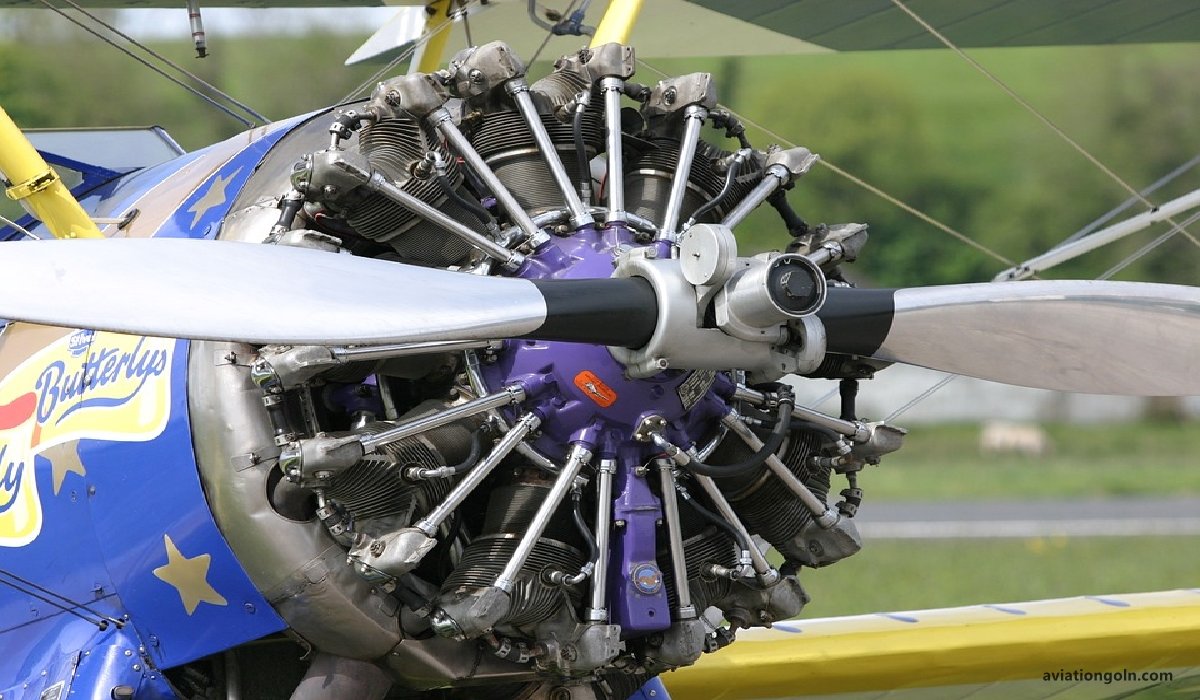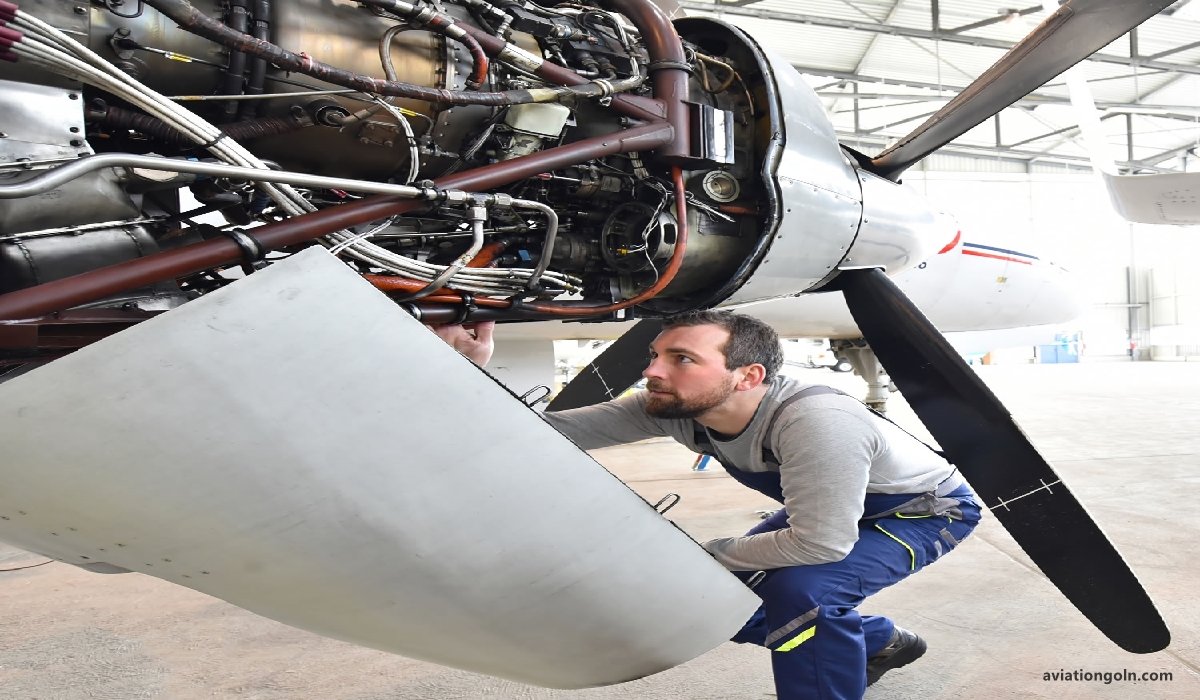Reciprocating Engines: Reciprocating engines, often synonymous with piston engines, have long been a cornerstone in the world of aviation. These engines, characterized by their cyclic, back-and-forth movement of pistons, were integral in the early days of flight and continue to be vital in many segments of aviation today. In this detailed exploration of reciprocating engines, we’ll delve into the various types, their working mechanisms, components, advantages, and challenges.
Reciprocating Engines: Types of Aircraft Engines

Origins and Evolution
The story of the reciprocating engine started well before the dawn of aviation. Originally developed for automotive and industrial applications in the 19th century, the engine’s principles were quickly adapted to the needs of early aviators. The Wright brothers, recognized as pioneers of controlled flight, used a basic, yet functional, reciprocating engine in their historic 1903 flight.
As aviation expanded, so did the complexity and capability of reciprocating engines, leading to a myriad of configurations and designs, each suited for specific applications and performance needs.

Basic Working Mechanism
At its core, a reciprocating engine is an internal combustion engine. The basic four-stroke cycle involves:
- Intake: As the piston moves down, the intake valve opens to allow a mixture of fuel and air into the cylinder.
- Compression: With all valves closed, the piston moves up, compressing the mixture.
- Combustion: A spark plug ignites the compressed mixture. The explosion pushes the piston down, turning the crankshaft.
- Exhaust: The exhaust valve opens as the piston moves up again, expelling the combustion by-products.
The rotation of the crankshaft is then transferred to a propeller, providing the thrust to move an aircraft.

Key Components
- Cylinder: The chamber where combustion occurs.
- Piston: A movable component within the cylinder, responsible for compressing the mixture and transferring energy from the combustion to the crankshaft.
- Valves: Control the inflow of the fuel-air mixture and the outflow of exhaust gases.
- Spark Plug: Initiates the combustion process by igniting the fuel-air mixture.
- Connecting Rod: Links the piston to the crankshaft, transferring the reciprocating motion to rotational motion.
- Crankshaft: Converts the reciprocating motion of the pistons into a rotational movement to turn the propeller.

Types of Reciprocating Engines
- Inline Engines:
- Cylinders are arranged in a single row.
- Common in early aircraft and some modern light aircraft.
- Compact design but can become long and cumbersome with an increased number of cylinders.
- V-Type Engines:
- Two rows of cylinders are arranged in a ‘V’ configuration.
- Provides more power without increasing the engine’s length.
- Commonly found in larger aircraft from the World War II era.

- Radial Engines:
- Cylinders are arranged in a circular pattern around the central crankshaft.
- Offers high power-to-weight ratios.
- Dominated the aviation landscape during the 1930s and 1940s.
- Horizontally Opposed Engines:
- Cylinders lie flat and opposite each other.
- Compact and well-balanced design.
- Common in modern light aircraft due to their efficiency and smooth operation.

Cooling Methods
- Air-Cooled:
- Relies on airflow over the engine (especially over fins on the cylinders) to dissipate heat.
- Simpler and lightweight but less effective at high temperatures.
- Liquid-Cooled:
- Uses a liquid coolant (often a mixture of water and antifreeze) to absorb and transfer heat away from the engine to a radiator.
- More effective cooling but adds complexity and weight.

Advantages of Reciprocating Engines
- Cost-Effective: Generally less expensive to buy, operate, and maintain compared to turbine engines.
- Fuel Efficiency: Especially effective at lower altitudes and slower speeds.
- Reliability: Modern models are incredibly reliable, given advancements in materials and manufacturing techniques.
- Simplicity: Easier to understand, making them excellent tools for educational and training purposes.

Challenges and Considerations
- Vibration: The reciprocating motion inherently produces vibration, which can affect the aircraft’s structure and systems over time.
- Cooling: Especially in air-cooled variants, maintaining optimal operating temperatures is crucial.
- Limited Altitude and Speed: Not as capable as jet engines in terms of operational altitude and speed.
- Regular Maintenance: Many moving parts mean more wear and tear.

Future of Reciprocating Engines
While the glory days of large, multi-row radial engines powering commercial aircraft have passed, the reciprocating engine is far from obsolete. They remain dominant in general aviation, from training aircraft to personal planes. With advancements in materials, fuel efficiency, and electronic controls, the modern reciprocating engine is more potent and reliable than ever.
Recent trends also suggest a move towards hybrid systems, where traditional engines work in tandem with electric motors, offering a bridge to potentially all-electric future aircraft.

Reciprocating engines have etched an indelible mark in the annals of aviation history. From powering the first flights to continuing their legacy in modern aviation, they are a testament to the spirit of innovation and adaptability. As aviation moves forward into the realms of electrification and sustainability, the lessons, principles, and experiences derived from reciprocating engines will undoubtedly play a guiding role.
